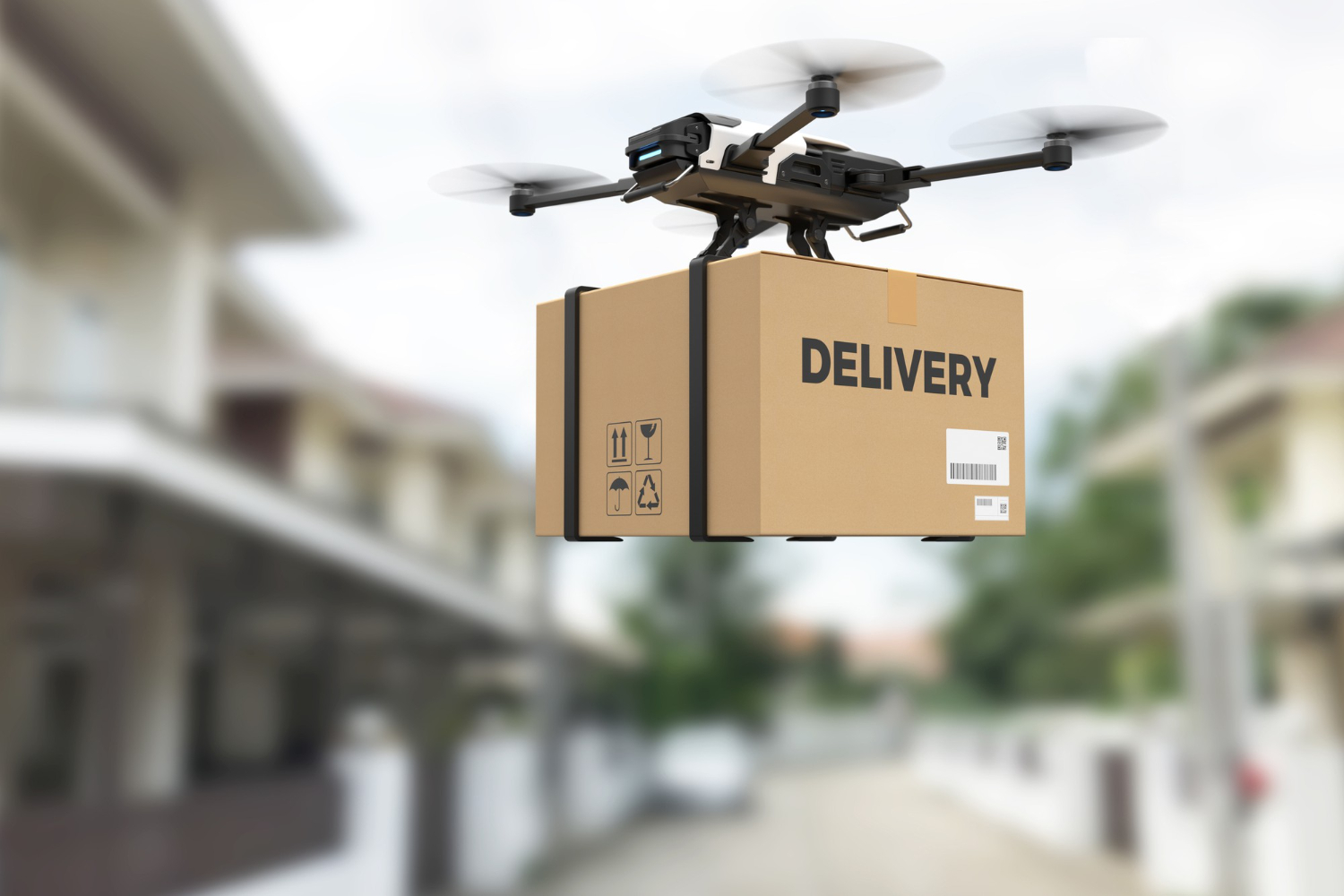Summary
Zipline, a US-based tech startup, has changed the landscape of drone delivery services through its impressive implementation of Computer Vision.
By successfully creating a system of autonomous delivery drones, Zipline has transformed medical supply logistics, especially in remote and hard-to-reach areas.
What is Computer Vision?
Computer vision is a field of artificial intelligence (AI) that enables computers and systems to derive meaningful information from digital images, videos, and other visual inputs.
It involves methods for acquiring, processing, analyzing, and understanding images to produce numerical or symbolic information and make decisions based on that data. It’s like giving machines the ability to ‘see’ and ‘understand’, thereby enabling autonomous operations.
How Does Zipline Implement Computer Vision?
Zipline leverages computer vision practically and lifesaving through its delivery drones.
These drones have sensors and cameras that constantly capture images during their flight. These images are then analyzed by computer vision algorithms that interpret features like potential obstacles, landmarks for navigation, and specific drop-off points.
The technology’s ‘understanding’ of the environment helps guide the drone’s actions, helping it to autonomously decide when to alter its path, adjust its speed, or drop a package.
How Does Computer Vision Make Zipline Drones Autonomous?
Autonomous navigation is a pivotal feature in Zipline’s drones, made possible by computer vision. By processing real-time data, these drones can ‘see’ their environment, make quick decisions, and navigate the skies without human intervention.
They identify and avoid potential obstacles, recognize landing and drop-off sites, and follow optimized flight paths to deliver medical supplies. This high level of autonomy is a clear manifestation of computer vision’s practical potential.
The Impact of Computer Vision on Zipline’s Operations
Zipline’s use of computer vision has been transformative, primarily for medical logistics in remote and inaccessible areas.
By delivering critical supplies such as vaccines, blood, and medication autonomously and efficiently, Zipline’s drones have significantly improved healthcare delivery, saving countless lives.
Moreover, the successful application of computer vision in this context has implications for other sectors where drone delivery and autonomous navigation can play a critical role.
Exploring the Visual World of Drones
While understanding the technicalities of how Zipline uses computer vision for autonomous drone navigation, it’s equally fascinating to explore the aesthetic potential of drone technology.
One aspect that captivates many is drone photography — the ability to capture stunning aerial perspectives that were once impossible.
For those intrigued by drones' visual possibilities, "Eyes over the World: The Most Spectacular Drone Photography" is an unmissable resource.
This book, compiled by Dirk Dallas, Chris Burkard, et al., presents an array of breathtaking drone photographs, providing a new dimension to how we perceive our world from above.
Conclusion
To sum it up, the story of Zipline is a testament to how AI, particularly computer vision, can disrupt industries and create a significant societal impact.
Zipline’s adoption of computer vision transforms drone delivery services and opens up new horizons for technology’s role in future logistics and healthcare solutions.
- The Agentic Startup Manifesto - June 8, 2025
- Remote Hiring in 2025 - April 5, 2025
- Burnout in Remote Teams: How It’s Draining Your Profits - January 27, 2025
